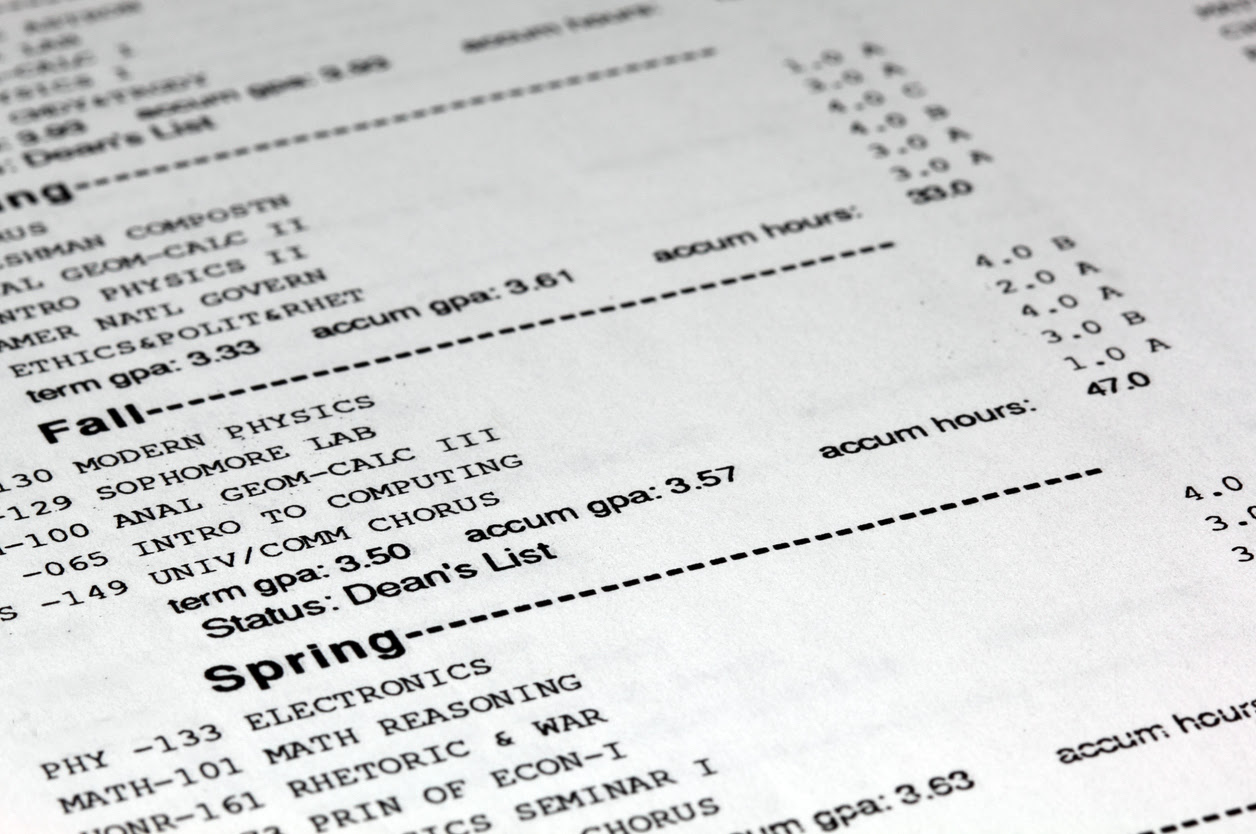Blockchain has been in existence for nearly a decade, and already it’s impacted several industries. One it’s certain to disrupt is education, which would greatly benefit from blockchain’s decentralized nature given the distributed ledger’s ability to help make the industry fraud-resistant. It could prevent or curb the existence of fake transcripts and employment records. It could also facilitate the creation of “smart contracts” in order to help streamline the learning process. Other areas within an educational context it could impact include publishing, human resources, and bond trading.
Transcripts and Student Records
Blockchain could streamline record management, thereby reducing fraud and increasing accountability. It could also make verifying a prospective teacher’s credentials and job history much easier, a relief for parents bent on making sure their children’s teachers are truly qualified. The concern over whether a teacher may have falsified his or her student records can be mollified by certain companies like Sony Global Education, which works in conjunction with IBM in managing student records through blockchain, and Parchment, a transcript service run by Matt Pittinsky, who sees a future in blockchain-based transcripts within the context of a long-term strategy. MIT Media Lab has hooked up with a ten-year-old software startup, Learning Machine, in a partnership designed to facilitate Blockcerts, an open platform that allows for the creation, distribution and authentication of blockchain-driven certificates.
Human Resources
Background checks, which look for things like criminal records and employment histories, are an integral part of the hiring process. Blockchain could reduce the chance that employees with questionable histories will slip between the cracks. A startup devoted to helping employees find work in on-demand jobs like e-commerce, cleaning and warehousing with payments made via cryptocurrencies through a decentralized digital ledger system is Chronobank. An open-sourced recruitment platform based out of Australia, Chronobank operates on the Etherium blockchain. Its nucleus is an employment marketplace called LaborX, designed to facilitate interaction between workers and employers. Schools could also utilize chronobank could for a variety of after school and summer activities as well as various driver and substitute management programs.
Publishing
This covers things like rights management, piracy, and starting out in publishing. Educators who have written textbooks could especially benefit from blockchain, as it would help open doors for writers, both new and seasoned. In addition to creating more opportunities, it would urge a spirit of collaboration between writers, translators, editors and publishers. Overall, publishing options would be greatly expanded and facilitated by a decentralized ledger. In fact, decentralization of the Internet is what writer platform Authorship is all about. A writer can publish his or her works on Authorship for 90 percent of royalties, made payable in an etherium-driven cryptocurrency called Authorship Tokens (ATS). They also keep the copyrights, enabling them to publish their work elsewhere.
A workflow management platform that provides a centralized database of files immediately available to writers and editors is PageMajic. It was created to make publishing easier, with an eye on generating a collaborative working environment. All work is safely stored on the cloud, ensuring easy accessibility. Before using the system, people should be aware of their rights, duties and roles in order to expedite the process. Plans have also been in the works to add blockchain to PageMajic’s workflow system.
Smart Contracts
A growing number of educational institutions are set to use blockchain to circumvent their traditional reliance on paperwork. One of these is Woolf University, a school developed by Oxford professors that will seek to confirm assignment completion and student attendance through “check-ins,” which expedite payment to the teachers as well as micro-credits to the students. A digital ledger could also help with certain distributed learning arrangements where a school or government would subsidize a student’s enrollment, making all payments up front, through blockchain-driven smart contracts. They would act quickly to release the funds once the those involved have met certain terms and conditions.
Bonds and the Learning Marketplace
Even the World Bank is hopping on board the blockchain bandwagon. A digital ledger system helps makes life easier for investors and bond issuers by streamlining the trading process. Since costs are reduced and trading speeds up, school districts could profit enormously. The sale of bonds vastly helps the learning marketplace, especially with the help of a digital ledger. Again, the middleman is eliminated, facilitating the development of a wide array of teaching institutions. TeachMePlease, for instance, is a Russian educational program on the Disciplina blockchain platform, which lets students and teachers bond. It aids students in the selection and payment of courses that have been registered by teachers or educational groups. Woolf University is another example.
For more information on blockchain technology, please contact us.
Majid Abai – April 2019 – Los Angeles
——————————————————-
About The Author:
Majid Abai is Managing Director of Concepts Rise (www.ConceptsRise.com), a High-Technology and Innovation Consultancy based in Los Angeles, CA, USA. With over 30 years of experience in supporting US and global organizations, Mr. Abai focuses on strategic and tactical approach to use of innovation and technology to increase revenues and reduce costs for organizations. Majid could be reached at 424-320-0524 or via email at majid.abai@ConceptsRise.com.

